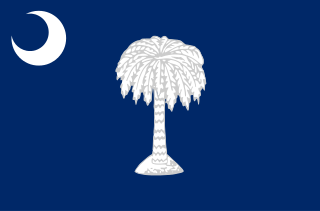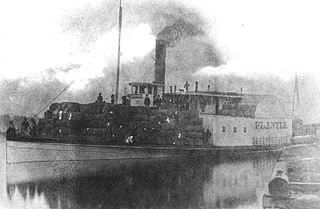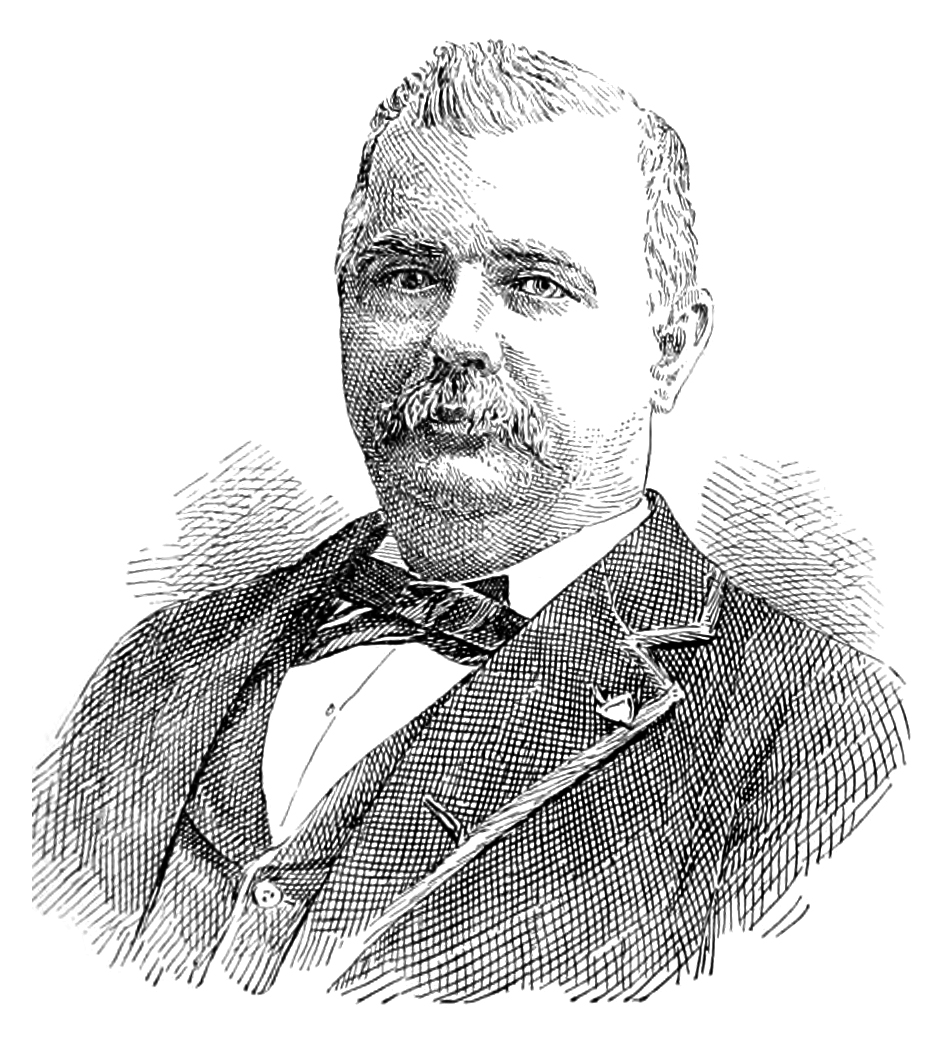Related Research Articles

Allegheny County is a county in Pennsylvania, United States. It is located in Southwestern Pennsylvania. As of the 2020 census, the population was 1,250,578, making it the state's second-most populous county, after Philadelphia County. Its county seat is Pittsburgh. Allegheny County is part of the Pittsburgh, PA metropolitan statistical area and the Pittsburgh media market.

Winchester is the northwesternmost independent city in the Commonwealth of Virginia. It is the county seat of Frederick County, although the two are separate jurisdictions. The Bureau of Economic Analysis combines the city of Winchester with surrounding Frederick County for statistical purposes. As of the 2020 census, the city's population was 28,120.

Pleasant Hills is a borough in Allegheny County, Pennsylvania. As of the 2020 census, the population was 8,504. Pleasant Hills is a suburb of Pittsburgh.

The Confederate States Army, also called the Confederate Army or the Southern Army, was the military land force of the Confederate States of America during the American Civil War (1861–1865), fighting against the United States forces to win the independence of the Southern states and uphold the institution of slavery. On February 28, 1861, the Provisional Confederate Congress established a provisional volunteer army and gave control over military operations and authority for mustering state forces and volunteers to the newly chosen Confederate president, Jefferson Davis. Davis was a graduate of the U.S. Military Academy, and colonel of a volunteer regiment during the Mexican–American War. He had also been a United States senator from Mississippi and U.S. Secretary of War under President Franklin Pierce. On March 1, 1861, on behalf of the Confederate government, Davis assumed control of the military situation at Charleston, South Carolina, where South Carolina state militia besieged Fort Sumter in Charleston harbor, held by a small U.S. Army garrison. By March 1861, the Provisional Confederate Congress expanded the provisional forces and established a more permanent Confederate States Army.

United States Colored Troops (USCT) were Union Army regiments during the American Civil War that primarily comprised African American soldiers, although troops drawn from other ethnic minorities also served in USCT units. Recruited in response to a demand for recruits from Union Army commanders, by the end of the war in 1865 USCT regiments, which numbered 175 in total, constituted about one-tenth of the manpower of the army. Approximately 20% of USCT soldiers were killed in action or died of disease and other causes, a rate about 35% higher than that of white Union troops. Numerous USCT soldiers fought with distinction, with 16 receiving the Medal of Honor. The USCT regiments were precursors to the Buffalo Soldier units which fought in the American Indian Wars.
The history of Delaware as a political entity dates back to the early colonization of North America by European settlers. Delaware is made up of three counties established in 1638, before the time of William Penn. Each county had its own settlement history. The state's early colonists tended to identify more closely with their county than Delaware as a whole. Large parts of southern and western Delaware were thought to have been in Maryland until 1767. The state has existed in the wide economic and political circle of the nearby Pennsylvanian city of Philadelphia.

Robert Smalls was an American politician, publisher, businessman, and maritime pilot. Born into slavery in Beaufort, South Carolina, he freed himself, his crew, and their families during the American Civil War by commandeering a Confederate transport ship, CSS Planter, in Charleston harbor, on May 13, 1862, and sailing it from the Confederate-controlled waters of the harbor to the U.S. blockade that surrounded it. He then piloted the ship to the Union-controlled enclave in Beaufort–Port Royal–Hilton Head area, where it became a Union warship. His example and persuasion helped convince President Abraham Lincoln to accept African-American soldiers into the Union Army.

During the American Civil War, the Commonwealth of Pennsylvania played a critical role in the Union, providing a substantial supply of military personnel, equipment, and leadership to the Federal government. The state raised over 360,000 soldiers for the Federal armies. It served as a significant source of artillery guns, small arms, ammunition, armor for the new revolutionary style of ironclad types of gunboats for the rapidly expanding United States Navy, and food supplies. The Phoenixville Iron Company by itself produced well over 1,000 cannons, and the Frankford Arsenal was a major supply depot.

Alabama was central to the Civil War, with the secession convention at Montgomery, birthplace of the Confederacy, inviting other states to form a Southern Republic, during January–March 1861, and develop constitutions to legally run their own affairs. The 1861 Alabama Constitution granted citizenship to current U.S. residents, but prohibited import duties (tariffs) on foreign goods, limited a standing military, and as a final issue, opposed emancipation by any nation, but urged protection of African slaves, with trial by jury, and reserved the power to regulate or prohibit the African slave trade. The secession convention invited all slaveholding states to secede, but only 7 Cotton States of the Lower South formed the Confederacy with Alabama, while the majority of slave states were in the Union. Congress voted to protect the institution of slavery by passing the Corwin Amendment on March 4, 1861, but it was never ratified.

South Carolina was the first state to secede from the Union in December 1860, and was one of the founding member states of the Confederacy in February 1861. The bombardment of the beleaguered U.S. garrison at Fort Sumter in Charleston Harbor on April 12, 1861 is generally recognized as the first military engagement of the war. The retaking of Charleston in February 1865, and raising the flag again at Fort Sumter, was used for the Union symbol of victory.

The American state of Virginia became a prominent part of the Confederacy when it joined during the American Civil War. As a Southern slave-holding state, Virginia held the state convention to deal with the secession crisis, and voted against secession on April 4, 1861. Opinion shifted after the Battle of Fort Sumter on April 12, and April 15, when U.S. President Abraham Lincoln called for troops from all states still in the Union to put down the rebellion. For all practical purposes, Virginia joined the Confederacy on April 17, though secession was not officially ratified until May 23. A Unionist government was established in Wheeling and the new state of West Virginia was created by an act of Congress from 50 counties of western Virginia, making it the only state to lose territory as a consequence of the war.

The city of Winchester, Virginia, and the surrounding area, were the site of numerous battles during the American Civil War, as contending armies strove to control the lower Shenandoah Valley. Winchester changed hands more often than any other Confederate city.

USS Planter was a steamer taken over by Robert Smalls, a Southern slave and ship's pilot who steered the ship past Confederate defenses and surrendered it to Union Navy forces on 13 May 1862 during the American Civil War. The episode is missing from Scharf's History of the Confederate States Navy, except for one sentence saying that Smalls "stole" the ship.

Soldiers and Sailors Memorial Hall and Museum is a National Register of Historic Places landmark in Pittsburgh, Pennsylvania, United States. It is the largest memorial in the United States dedicated solely to honoring all branches of military veterans and service personnel.

A large contingent of African Americans served in the American Civil War. The 186,097 black men who joined the Union Army included 7,122 officers and 178,975 enlisted soldiers. Approximately 20,000 black sailors served in the Union Navy and formed a large percentage of many ships' crews. Later in the war, many regiments were recruited and organized as the United States Colored Troops, which reinforced the Northern forces substantially during the conflict's last two years. Both Northern Free Negro and Southern runaway slaves joined the fight. Throughout the course of the war, black soldiers served in forty major battles and hundreds of more minor skirmishes; sixteen African Americans received the Medal of Honor.
Fort Jones, with its companion, Fort Laughlin were Civil War redoubts, built by the employees of Jones and Laughlin Steel in June and July 1863 for the defense of Pittsburgh from a suspected invasion by Confederate troops. It is named for Benjamin Franklin Jones, a local businessman. Fort Jones occupied the top of a hill in Mount Oliver, Pennsylvania. It was destroyed in 1868, and became the site of St. Joseph's Church at 438 Ormsby Street, for which the site was originally purchased. The church is now closed. It was sometimes known as Fort Jackson, in honor of Brig. General Conrad Feger Jackson, killed in the Battle of Fredericksburg, Virginia, in December 1862. 40°24′45″N79°58′50″W
Fort Laughlin was a Civil War redoubt, built in 1863 for the defense of Pittsburgh by the employees of Jones and Laughlin Iron Works, and named for James H. Laughlin. It was also known as Fort McKinley or Fort Ormsby. It was a circular earthwork on Ormsby's Hill, now part of Arlington Park on Arlington Avenue.

Pittsburgh, Pennsylvania was a thriving and important city during the American Civil War, and provided a significant source of personnel, war materiel, armament, ammunition, and supplies to the Union Army. Situated at the confluence of the Monongahela, Allegheny and Ohio rivers, Pittsburgh was an important transportation hub for both riverine and rail transport, as well as overland via its system of roads.

Black South Carolinians are residents of the state of South Carolina who are of African ancestry. This article examines South Carolina's history with an emphasis on the lives, status, and contributions of African Americans. Enslaved Africans first arrived in the region in 1526, and the institution of slavery remained until the end of the Civil War in 1865. Until slavery's abolition, the free black population of South Carolina never exceeded 2%. Beginning during the Reconstruction Era, African Americans were elected to political offices in large numbers, leading to South Carolina's first majority-black government. Toward the end of the 1870s however, the Democratic Party regained power and passed laws aimed at disenfranchising African Americans, including the denial of the right to vote. Between the 1870s and 1960s, African Americans and whites lived segregated lives; people of color and whites were not allowed to attend the same schools or share public facilities. African Americans were treated as second-class citizens leading to the civil rights movement in the 1960s. In modern America, African Americans constitute 22% of the state's legislature, and in 2014, the state's first African American U.S. Senator since Reconstruction, Tim Scott, was elected. In 2015, the Confederate flag was removed from the South Carolina Statehouse after the Charleston church shooting.

Archibald Hamilton Rowand Jr. was a United States soldier who fought with the Union Army as a member of Company K, 1st West Virginia Volunteer Cavalry Regiment during the American Civil War. He received his nation's highest award for bravery during combat, the U.S. Medal of Honor, for "extraordinary heroism" during the winter of 1864–1865. That award was conferred on March 3, 1873.
References
- ↑ "Black History Month: Fort Robert Smalls" (video). Pittsburgh: KDKA2 CBS Pittsburgh, retrieved online June 2019 (posted online circa 2017).
- ↑ Eliza Smith Brown. African American Historic Sites Survey of Allegheny County , p. 111. Harrisburg, Pennsylvania: Pennsylvania Historical and Museum Commission, 1994.
- ↑ Gates, Henry Louis Jr. "Which Slave Sailed Himself to Freedom?" Washington, D.C.: PBS, retrieved online September 7, 2019.
- ↑ Brown, African American Historic Sites Survey of East Allegheny County.
- ↑ McCarthy, William D. The Civil War Fortifications of Pittsburgh: An Historical and Archaeological Survey," (M.A. paper, University of Pittsburgh, Department of Anthropology). Pittsburgh, Pennsylvania: University of Pittsburgh, 1992.
- ↑ "Greater Pittsburgh Area" . Retrieved 2008-07-04.
- ↑ Reeves, Frank. "Pittsburgh supplied weaponry to North in Civil War." Pittsburgh, Pennsylvania: Pittsburgh Post-Gazette, May 29, 2011.
- ↑ Brown, African American Historic Sites Survey of Allegheny County, p. 111.
